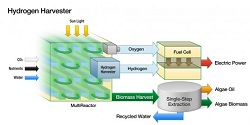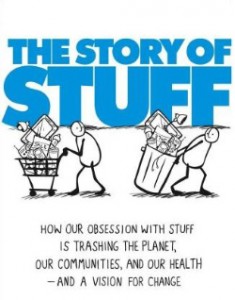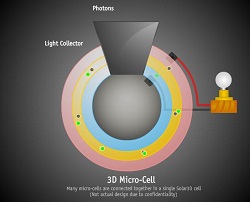 The latest reports from the U.S. Department of Agriculture are lowering the forecast for this year’s corn crop, but raising the expected use of corn for ethanol.
The latest reports from the U.S. Department of Agriculture are lowering the forecast for this year’s corn crop, but raising the expected use of corn for ethanol.
Corn production is now forecast at 12.5 billion bushels, down 1 percent from the October forecast and down 4 percent from last year’s record production of 13.1 billion bushels. The reason for the decrease is lower than expected yields, especially in key producing states like Missouri and Nebraska. Record high yields are still forecast for several states including Minnesota and Wisconsin.
On the supply-demand side, USDA increased corn use for ethanol in the coming year by 100 million bushels, citing record October ethanol production and favorable ethanol producer margins. “Ethanol prices continue to track higher with corn prices, supporting returns for ethanol producers. Although small relative to domestic usage, higher ethanol exports and lower imports are also expected to add to corn use for ethanol with high sugar prices limiting the availability of ethanol from Brazil.” Corn ending stocks were lowered by 75 million bushels and exports were lowered by 50 million.


 In a letter hand to President Obama this week, RFA President and CEO Bob Dinneen urged the Obama Administration to maintain its commitment to the commercialization of cellulosic ethanol and other advanced biofuels. The RFA letter is in response to a White House memo seeking presidential guidance on the future of the Department of Energy (DOE) loan guarantee program.
In a letter hand to President Obama this week, RFA President and CEO Bob Dinneen urged the Obama Administration to maintain its commitment to the commercialization of cellulosic ethanol and other advanced biofuels. The RFA letter is in response to a White House memo seeking presidential guidance on the future of the Department of Energy (DOE) loan guarantee program. Farm and food petitioners in the suit, which was filed with the U.S. Court of Appeals for the District of Columbia Circuit, include the Grocery Manufacturers Association, the American Meat Institute, the National Council of Chain Restaurants, the National Meat Association, the National Turkey Federation, the National Chicken Council, the National Pork Producers Council, the Snack Food Association and the American Frozen Food Institute.
Farm and food petitioners in the suit, which was filed with the U.S. Court of Appeals for the District of Columbia Circuit, include the Grocery Manufacturers Association, the American Meat Institute, the National Council of Chain Restaurants, the National Meat Association, the National Turkey Federation, the National Chicken Council, the National Pork Producers Council, the Snack Food Association and the American Frozen Food Institute. 






